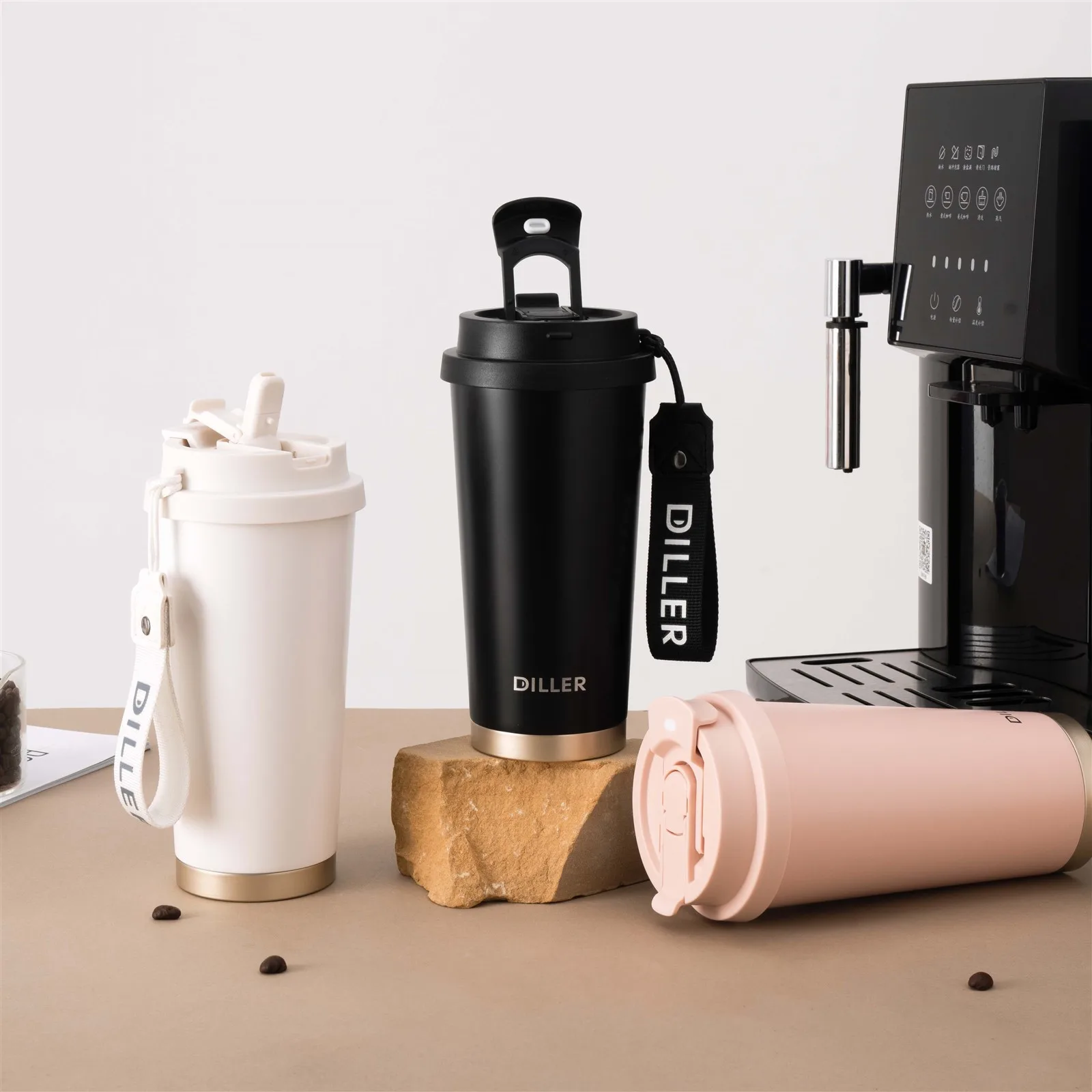Water bottles are common items in daily life, whether for outdoor activities, office drinking, or home use. However, the problem of leakage often troubles many people during use. This article will share the causes of water bottle leakage, solutions to the problem, and prevention techniques to help consumers avoid unnecessary troubles.
I. Causes of water bottle leakage
1. Manufacturing process issues: Some low-quality plastic water bottles may have defects during the manufacturing process, such as poor sealing or uneven welding, resulting in leakage during use.
2. Incorrect use: During use, if the force is too strong or the lid is not screwed on correctly, it may damage the sealing material on the bottle cap or mouth, resulting in leakage.
3. Long-term use: After prolonged use, the sealing material on the water bottle may wear out or age, resulting in decreased sealing performance and leakage.
4. Temperature differences: If there are large temperature differences between the water bottle and the surrounding environment, it may cause the bottle to experience pressure imbalance, leading to leakage.
5. Physical impact: Physical impact may damage the sealing performance of the water bottle or damage the bottle itself, resulting in leakage.
II. Solutions to leakage problems
1. Choose quality water bottles: When purchasing water bottles, choose products with good quality to ensure that the bottle body, bottle cap, and other components meet the manufacturing process standards and have a low risk of leakage problems.
2. Correct use of water bottles: When using water bottles, avoid applying too much force or screwing the cap on incorrectly to prevent damaging the sealing material on the bottle cap or mouth. At the same time, regularly check if the sealing performance of the bottle mouth is good.
3. Replace sealing materials: If the sealing material on the bottle mouth or cap becomes worn or aged, replace it promptly to maintain good sealing performance.
4. Reduce temperature differences: Try to avoid using the water bottle when there are large temperature differences between the water temperature and the indoor temperature to minimize the impact of temperature differences on the water bottle.
5. Pay attention to physical impact: Avoid physical impact during use to prevent damaging the sealing performance of the water bottle.
III. Prevention techniques
1. Use leakproof rings: Installing leakproof rings on the bottle mouth can effectively prevent water bottles from leaking. Leakproof rings are usually made of rubber or silicone rubber and can fit tightly around the bottle mouth to ensure good sealing performance.
2. Use leakproof tape: Apply leakproof tape between the bottle cap and bottle mouth to increase the thickness of the sealing layer and improve sealing performance. This method is especially suitable for metal or plastic water bottles.
3. Use vacuum plugs: For some water bottles that need to be stored for a long time, use vacuum plugs to exclude air and maintain a vacuum state inside the bottle to prevent leakage. This method is suitable for glass or plastic water bottles.
4. Use insulation cup mats: Place water bottles on insulation cup mats to reduce leakage problems caused by temperature differences. At the same time, insulation cup mats can also protect the bottom of the water bottle.
5. Regular maintenance: Regularly check the sealing performance of water bottles, replace worn or aged sealing materials promptly, and maintain good sealing performance to effectively prevent leakage problems. In addition, clean both the inside and outside of the water bottle regularly to maintain its hygiene and appearance.
Although seemingly simple, the problem of water bottle leakage may actually bring many troubles to our lives. By understanding the causes of water bottle leakage, solutions to the problem, and prevention techniques, we can better use and maintain water bottles to avoid unnecessary troubles. We hope that the content of this article can help everyone solve problems with water bottle leakage and improve their quality of life.


